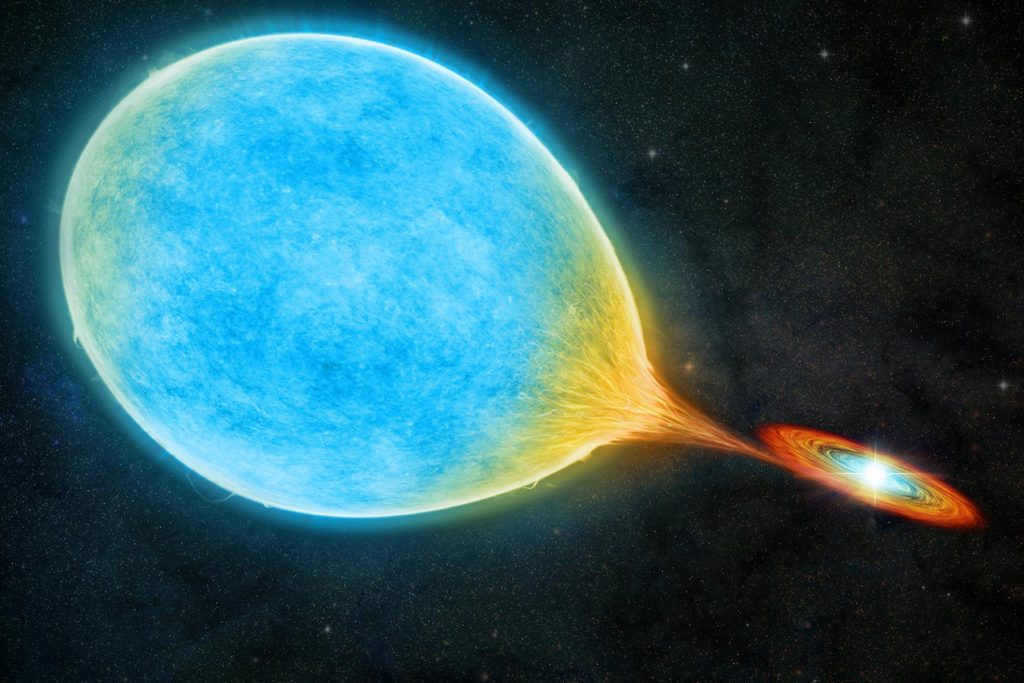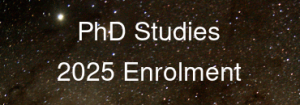Astronomers find a “cataclysmic” pair of stars with the shortest orbit yet
The stars circle each other every 51 minutes, confirming a decades-old prediction.
Nearly half the stars in our galaxy are solitary like the sun. The other half comprises stars that circle other stars, in pairs and multiples, with orbits so tight that some stellar systems could fit between Earth and the moon.
An international team of astronomers, with the participation of dr Przemysław Mróz from the Astronomical Observatory of the University of Warsaw, have now discovered a stellar binary, or pair of stars, with an extremely short orbit, appearing to circle each other every 51 minutes. The system seems to be one of a rare class of binaries known as a “cataclysmic variable,” in which a star similar to our sun orbits tightly around a white dwarf — a hot, dense core of a burned-out star.
A cataclysmic variable occurs when the two stars draw close, over billions of years, causing the white dwarf to start accreting, or eating material away from its partner star. This process can give off enormous, variable flashes of light that, centuries ago, astronomers assumed to be a result of some unknown cataclysm.

An artist’s illustration shows a white dwarf (right) circling a larger, sun-like star (left) in an ultra-short orbit, forming a “cataclysmic” binary system.
Credits:Credit: M.Weiss/Center for Astrophysics | Harvard & Smithsonian
The newly discovered system, which the team has tagged ZTF J1813+4251, is a cataclysmic variable with the shortest orbit detected to date. Unlike other such systems observed in the past, the astronomers caught this cataclysmic variable as the stars eclipsed each other multiple times, allowing the team to precisely measure properties of each star.
They found that the first object was likely a white dwarf, at 1/100th the size of the sun and about half its mass. The second object was a sun-like star near the end of its life, at a tenth the size and mass of the sun (about the size of Jupiter). The stars also appeared to orbit each other every 51 minutes.
With these measurements, the researchers ran simulations of what the system is likely doing today and how it should evolve over the next hundreds of millions of years. They conclude that the stars are currently in transition, and that the sun-like star has been circling and “donating” much of its hydrogen atmosphere to the voracious white dwarf. The sun-like star will eventually be stripped down to a mostly dense, helium-rich core. In another 70 million years, the stars will migrate even closer together, with an ultrashort orbit reaching just 18 minutes, before they begin to expand and drift apart.
Decades ago, researchers predicted that such cataclysmic variables should transition to ultrashort orbits. This is the first time such a transitioning system has been observed directly.
Results are presented in the paper:
A dense 0.1-solar-mass star in a 51-minute-orbital-period eclipsing binary, K. Burdge, K. El-Badry, T. Marsh, …, P. Mróz, et al. 2022, Nature




